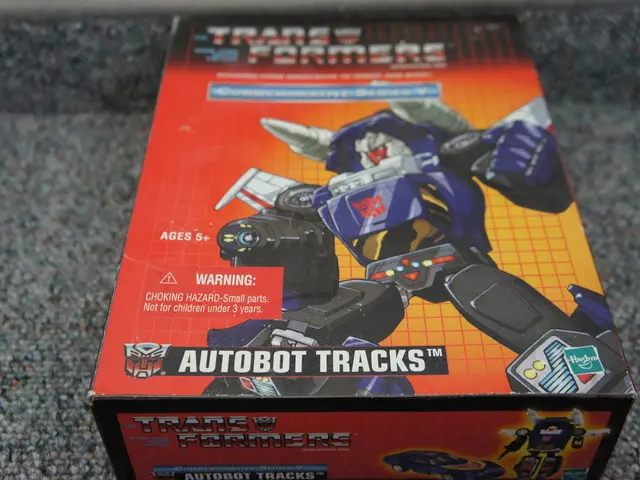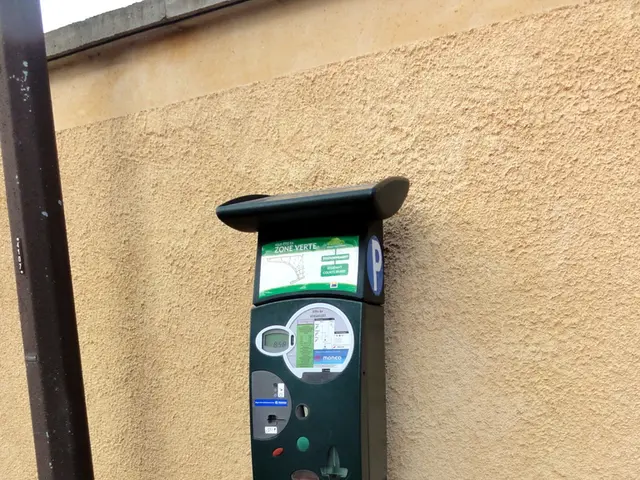"Passion from team members sparks potential partnership between Toyota and space exploration"
In a groundbreaking move, Toyota and Japan's Aerospace Exploration Agency (JAXA) have joined forces to explore the moon and contribute to a more sustainable society on Earth. This ambitious project, dubbed 'Moon for All', aims to establish bases and normal life on the moon in the 2030s and 40s.
The collaboration was sparked by Yukihito Ohmura from Toyota and Kazuya Suenaga from JAXA, who shared a visionary ambition to apply Toyota's engineering expertise to new frontiers. Their passion was fueled by the challenge and excitement of space exploration, seeing it as a groundbreaking field where innovative technology could significantly impact humanity’s future.
Ohmura and Suenaga perceived that Toyota's core competencies in precise engineering, reliability, and craftsmanship could be valuable in developing technologies suited for the harsh conditions of space. This includes mobility systems for astronauts or robotic equipment. There was also a strong motivation to contribute to something larger than the automotive business—a contribution to scientific progress and human expansion beyond Earth.
Suenaga, who has been working at JAXA since his first job, mainly handling legal and international affairs for crewed space activities, took on the assignment to turn his idea into reality when he heard about Toyota's space project team. He wanted to raise the level of Japan's space development technologies by bringing in automobile technology.
The project's conception was about four years ago, when a Toyota internal working group was considering the company's future in 20 or 30 years. The idea for Toyota's involvement in space development originated from considering the future beyond Earth-bound vehicles like the Land Cruiser.
The first step in expanding human activity from Earth's low orbit to the Moon is creating a space station in lunar orbit, known as the Gateway, around 2023 or 2024. Japan will be involved in preparing rockets to transport supplies, and lunar landers may be handled by Japan or another country.
The pressurized crew rover, planned to be launched around 2029, will travel over 10,000km on the lunar surface. Toyota's fuel cell technology is seen as a potential advantage in space development, as it offers a clean, efficient, and reliable energy source.
Suenaga believes that making space development more accessible is important, and involving an automotive company like Toyota can help achieve this. Establishing a presence on the Moon can provide a test case for taking humanity towards Mars. The project serves a vital function within an international plan, not solely for Japan, but for the global community.
This collaboration between Toyota and JAXA is a significant step towards a more sustainable future, demonstrating how technologies developed for lunar exploration can contribute to improving cars and society on Earth.
- The partnership between Toyota and JAXA is utilizing Toyota's engineering expertise, particularly in areas like precision, reliability, and craftsmanship, to develop technologies suited for space, such as mobility systems for astronauts and robotic equipment, as part of their visionary ambition in space exploration and scientific progress.
- Understanding the potential advantages of fuel cell technology in space development, Toyota's clean, efficient, and reliable energy source will be applied in the pressurized crew rover planned for launch in 2029, with the goal of traveling more than 10,000km on the lunar surface, aiding in the sustainability of space exploration and paving the way towards a future beyond Earth.





